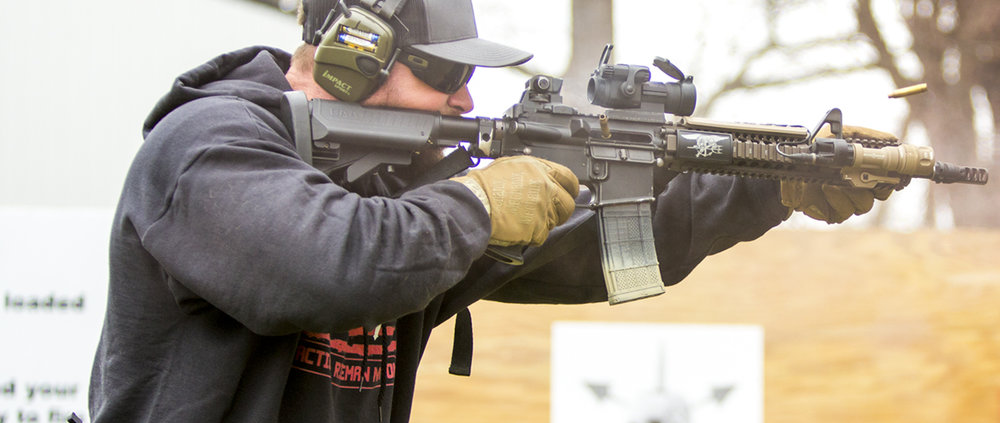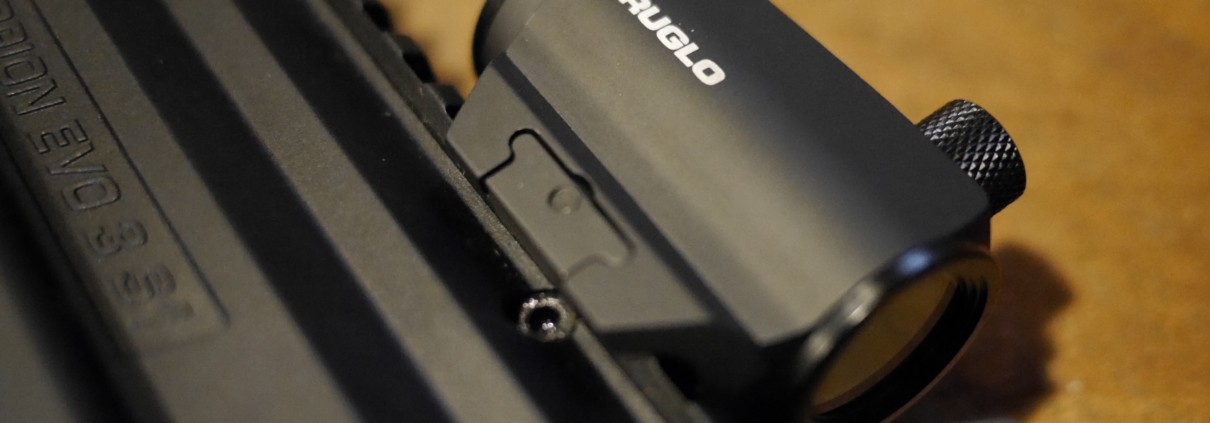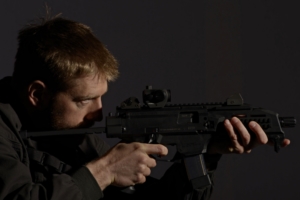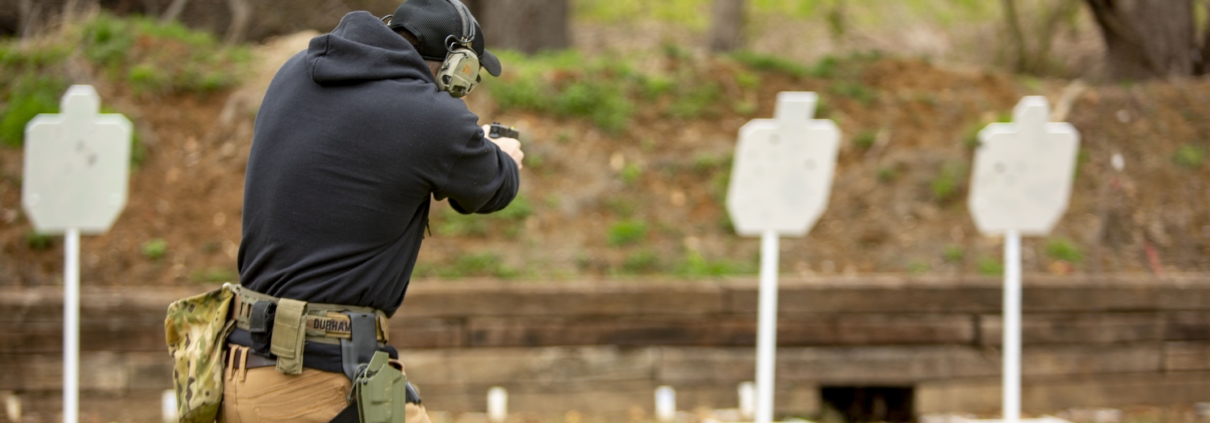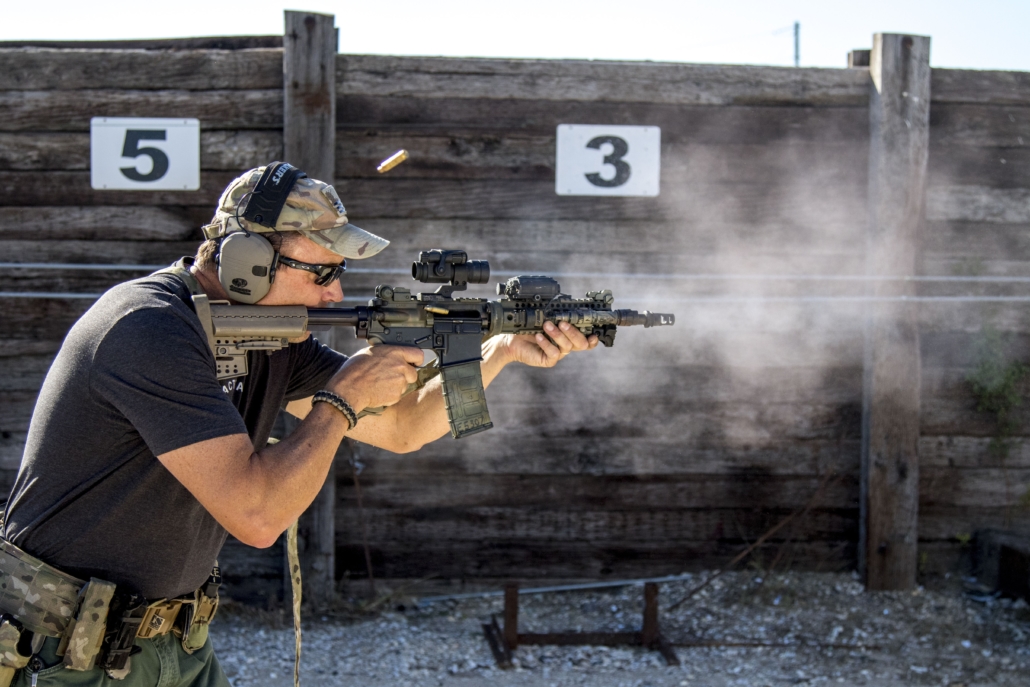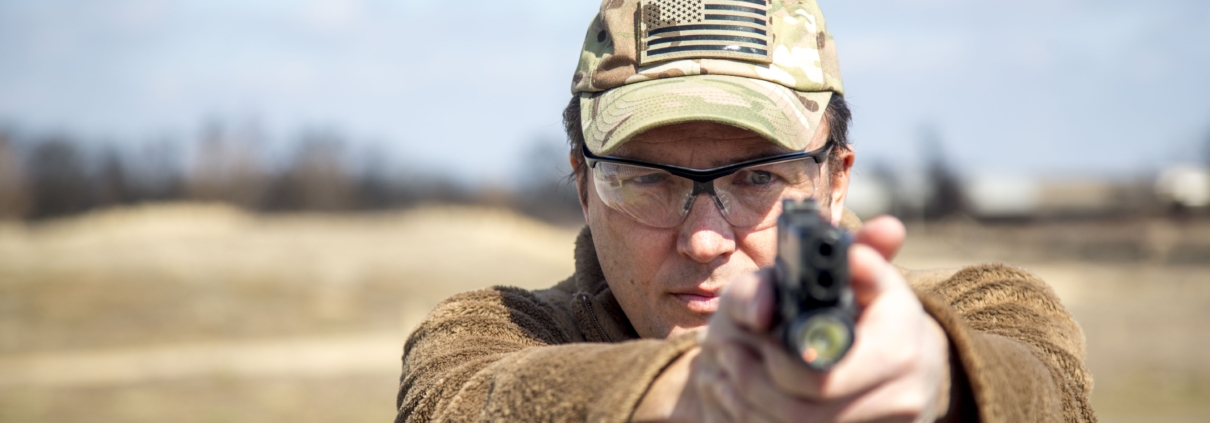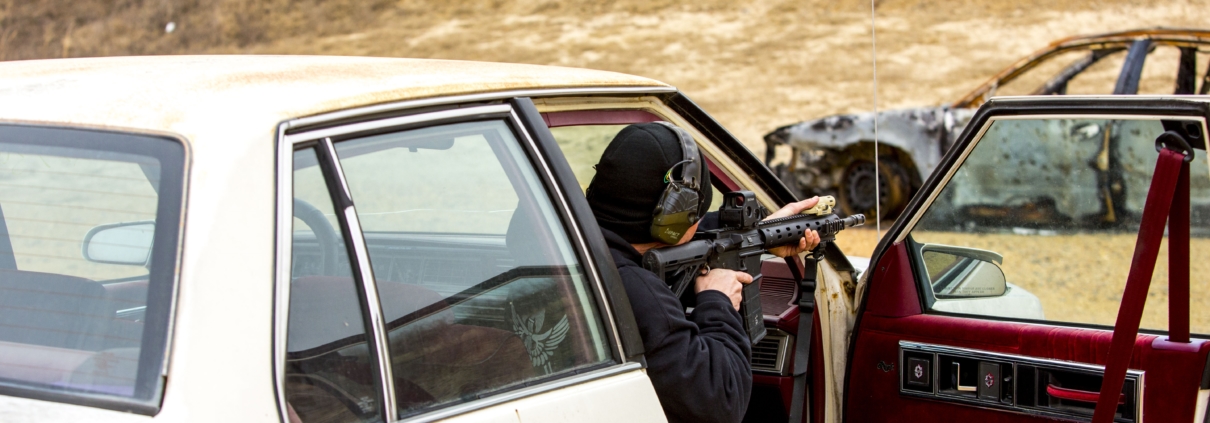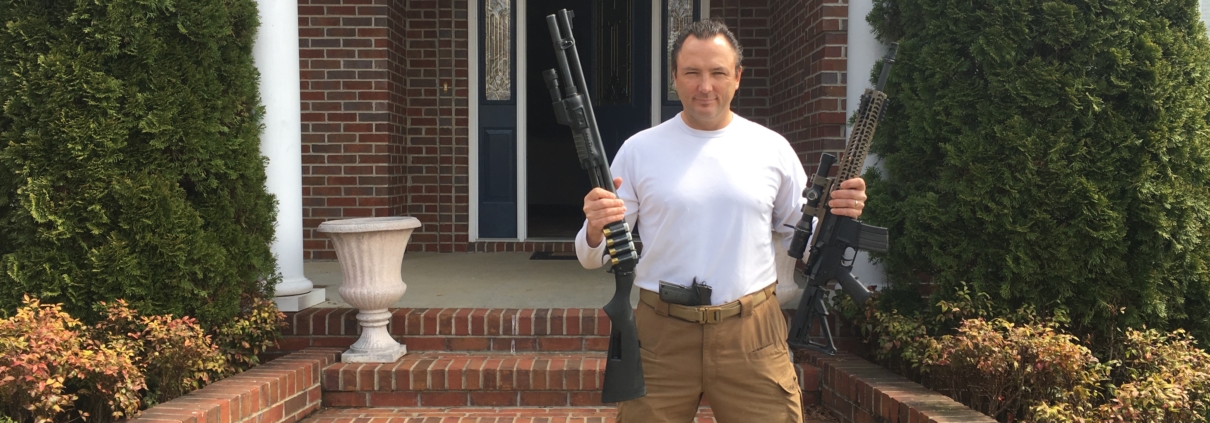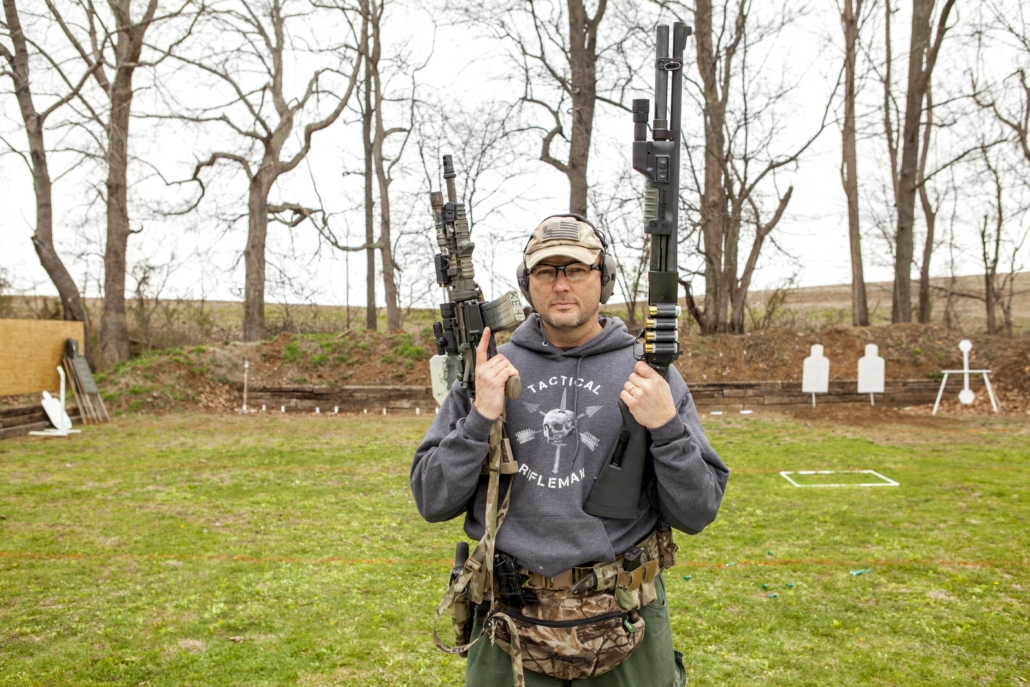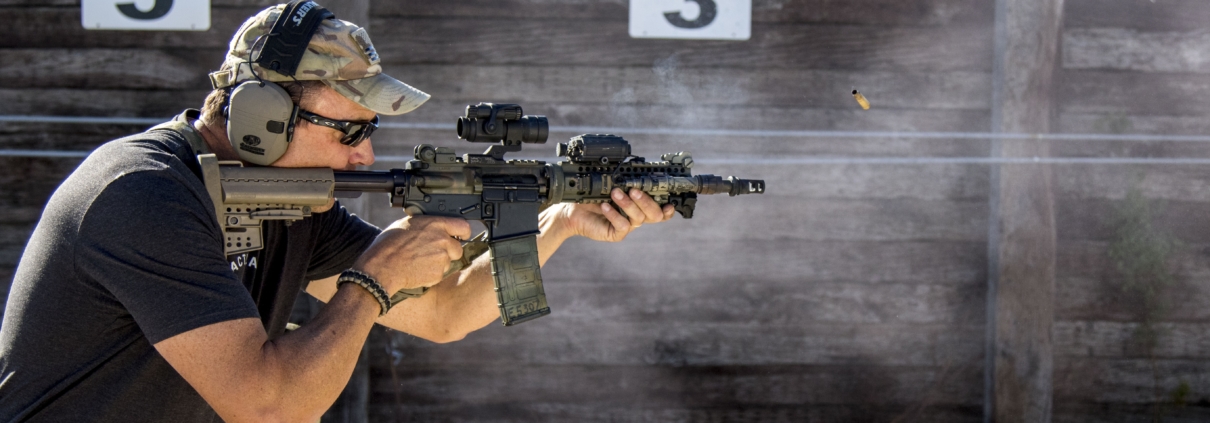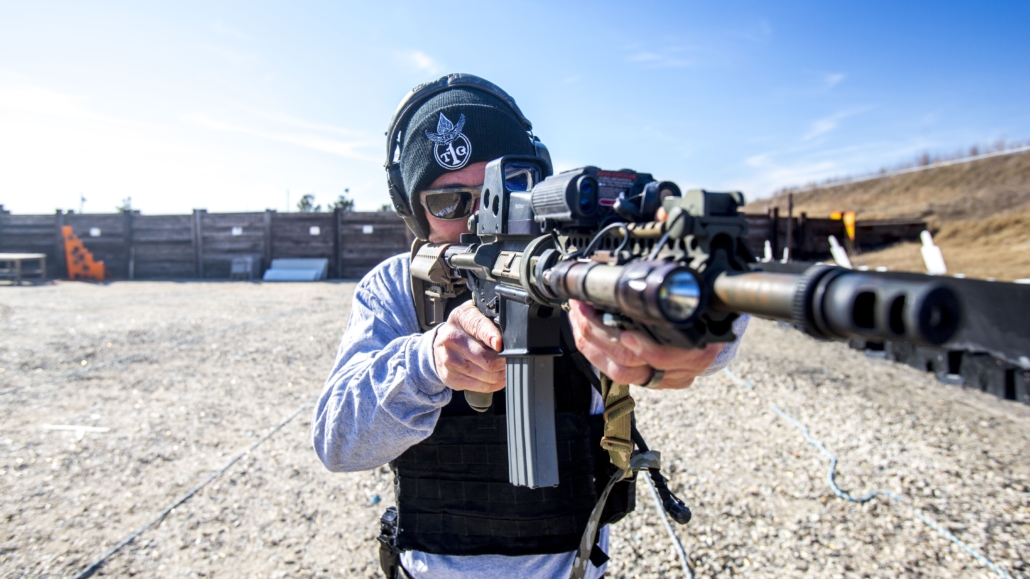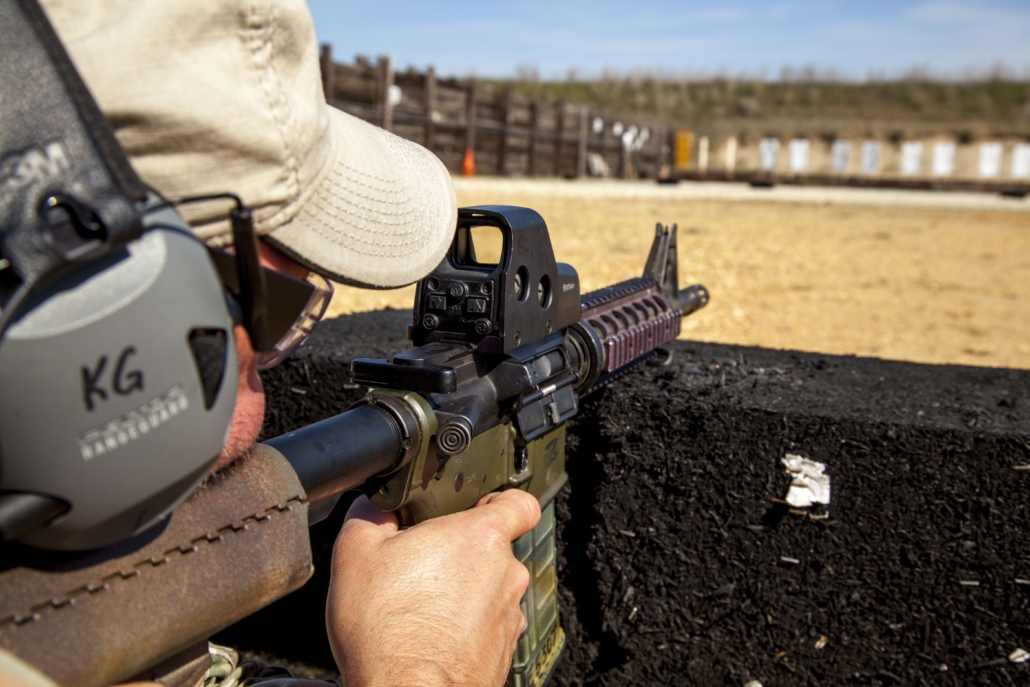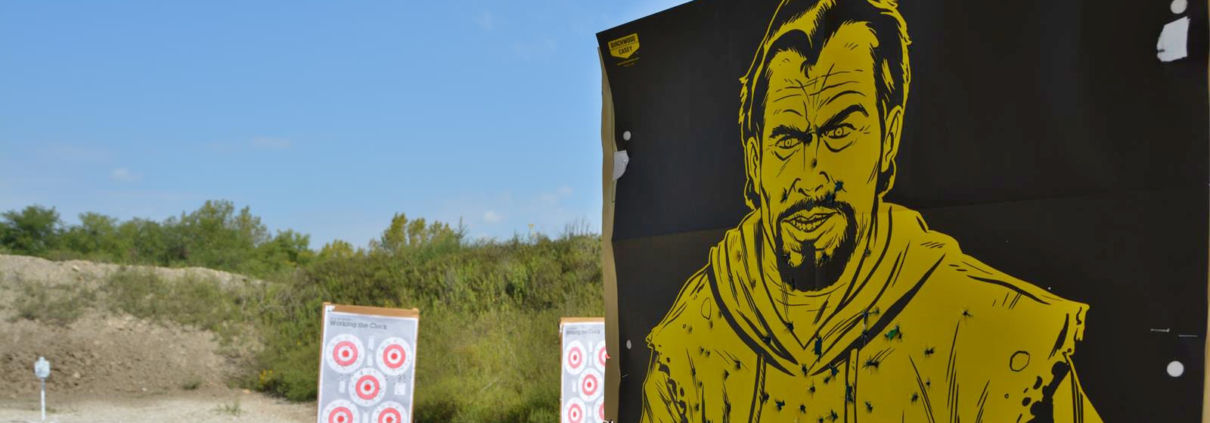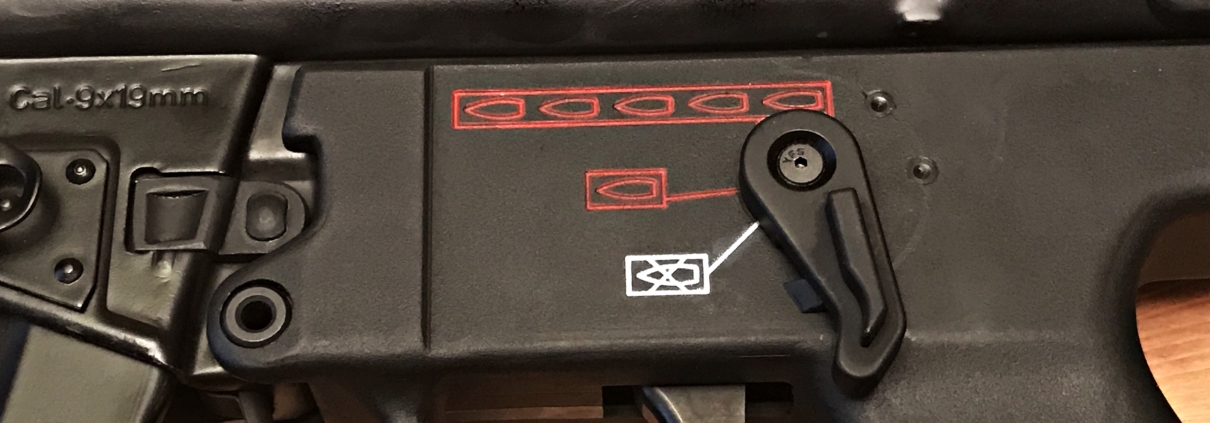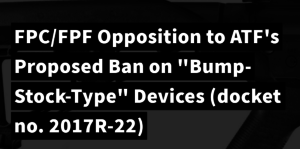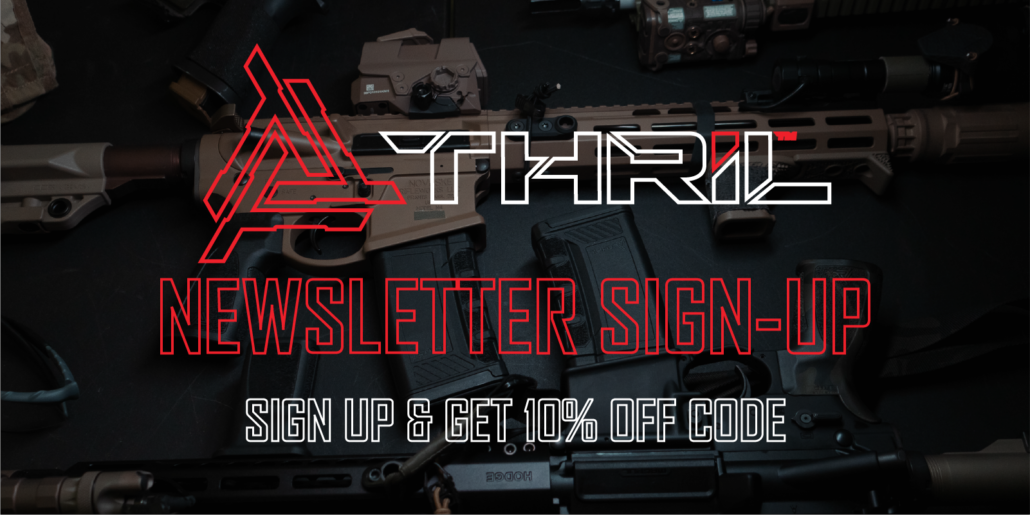How to Customize Your AR
The Tactical Rifleman crew often gets asked “What are the stats on your rifle?” or “What is your rifle setup?”; as if we prefer certain brands over others. Usually we do not like to recommend one brand over another, as it really doesn’t matter to us. We, first and foremost, want a weapon that is RELIABLE. It has to go BANG every time we pull the trigger. A jammed gun in a competition is the difference between going to the prize table first or twentieth. However, in a two-way gun fight, it can mean the difference between life and death. You are competing with your life.
That said, if we don’t share the statistics and the “Why” behind them, then we are just leaving it up to the Internet Commandoes to put words in our mouths and that isn’t fair to our viewers. So, I asked Jason, our resident SEAL recently retired from the Navy, to do a video about his personal owned Rifle and while he set it up the way he did. While he covers many of the items in the video, I wanted to pen a few words to cover his rifle in more detail.
First, Jason built this custom gun off of a DPMS Lower. Now, that statement alone makes the Internet Ninjas lose their minds and results in literally hundreds of negative comments bashing Jason for using DPMS and not running a high-quality gun like Daniel Defense or JP Enterprise. So, why did Jason do it? Well, Jason was an enlisted guy in the Navy making a minimal amount of money, while supporting a family. He did not work on Wall Street or any other cush job, making tons of money. He had great weapons at work in the SEAL teams. The DPMS was affordable at the time of the purchase and besides, he was going to customize it anyways. Again, the focus is on RELIABLITY.
The rifle has a 14.5 inch Barrel with a pinned Dead Air muzzle brake. This gives the rifle a legal length of over 16 inches, while still allowing Jason a shorter overall length. The Brake has to be pinned to be legal. If it can be removed, that it is not considered “part of the barrel” by the ATF, and is not included in the measurement.
You’ll note that it has a Daniel Defense DDM4 free floating rail to accommodate the pinned A-frame style front sight. Jason mentions in the video that, at the time of purchase, Daniel Defense was the only brand manufacturing this longer hand guard. There are dozens of comments saying that he is wrong, and that other companies also make this longer hand guard. Again, at the time Jason was building this gun, Daniel Defense was the only brand that Jason was aware of. So, why this rail? Jason wanted the longer rail to allow him to have more real estate to slide his support hand further out without grabbing the bare barrel.
Jason used to run a Magpul angled fore grip “AFG” to pull the gun into him when shooting. However, Jason has recently been running the new Ryker Grip, and is very happy with it. So much so, that he also just recently did a separate video about just the Ryker Grip. So like it, some don’t. If you are a “hater,” don’t bust Jason’s balls for being willing to give something new a try. That’s how progress is made.
On the left side of the lower receiver, Jason has replaced the small stock bolt release with a much larger Wilson Combat tactical bolt release. Some would say that it is ugly, but Jason had issues in his military past where releasing the smaller bolt release was hampered by neoprene dive suit gloves and other bulky clothing. So, Jason said he didn’t want to deal with that issue with his own weapon and he went large to fix it.
You’ll notice he also added a Midwest Industries QD sling adapter. In the military, operators are not supposed to modify their weapons past a certain level. An example is that they are not allowed to remove the buffer tube. However, this Midwest Industries QD sling adaptor can be put on at the “operator level” to have a QD point at the base of the buffer tube, so your sling does not change its length when you move your stock. This was filed down on the one side to not interfere with his firing hand while utilizing the firearm or using the selector switch for a right handed shooter. So, it was a good concept, but not exactly what Jason wanted. Instead of pitching it, Jason filed it down. That is a common theme with SOF guys. We have no problem taking a hammer or Dremel Tool to any piece of kit that needs modification.
The collapsible stock is a CAA cheek rest saddle. It also has storage for AA and 123 batteries. We use earplugs in the storage tubes to take up the extra room so the batteries don’t rattle.
The Trigger is sexy, but not too light. It’s an old custom trigger. When I asked him the brand, he said he couldn’t remember. Pete Jones did the trigger work for Jason. Maybe Pete can chime in.
The weapon light is a Surefire M952V LED weapon light, with white/IR lens. This is a pricey light. However, SOF units are loyal to Surefire, because their products have served us reliably for decades. What we really like about this light is the new Bezel that allows you to quickly switch from visible white light to invisible IR light, with a simple twist of the bezel ring. Great feature when you are running Night Vision Goggles.
Jason was always a fan of the old M16A2 carrying handle, because it had a micro-adjustable rear sight for taking shots out to 600 meters. So, when his unit started running red dot sights, he still wanted that rear sight as a backup. So, as you can easily see in the video, he made his own Rear sight. It is a cut down carry handle. He literally used a hack saw and then cleaned it with a file. This allows him to still use his red dot sight (EOTech or Aimpoint) and co-witness with his iron sights. The iron sights can still be used if the red dot fails (damage or batteries) and also can adjust rear sight for elevation if needed for longer precision shots.
In this video Jason is running his old M-68 Aimpoint red dot sight. Aimpoints were the first company to make red dot sights, and still put out a great product. Jason is currently testing out several other weapon sights, including a sexy little Vortex. So, be looking for that video in the near future.
Lastly, the only “Gucci” swag on Jason’s rifle is a Custom Gun Rail (CGR) Cover, with a sexy ass SEAL Trident engraved on it. It was a gift to Jason. He earned it.
So, that’s the statistics of Jason’s rifle. I hope we answered any of the questions that our viewers might have. Again, it has to be a RELIABLE weapon. Once you have a reliable weapon, the next step is learning how to use it. If you are interested in learning how to master your weapon, or learn other Man Skills, just going to Tacticalrifleman.com and sign up for a class.
Thanks for watching.
Strength & Honor, TR
For more go to http://www.tacticalrifleman.com/ and Follow TR on Twitter-http://bit.ly/TACrman

